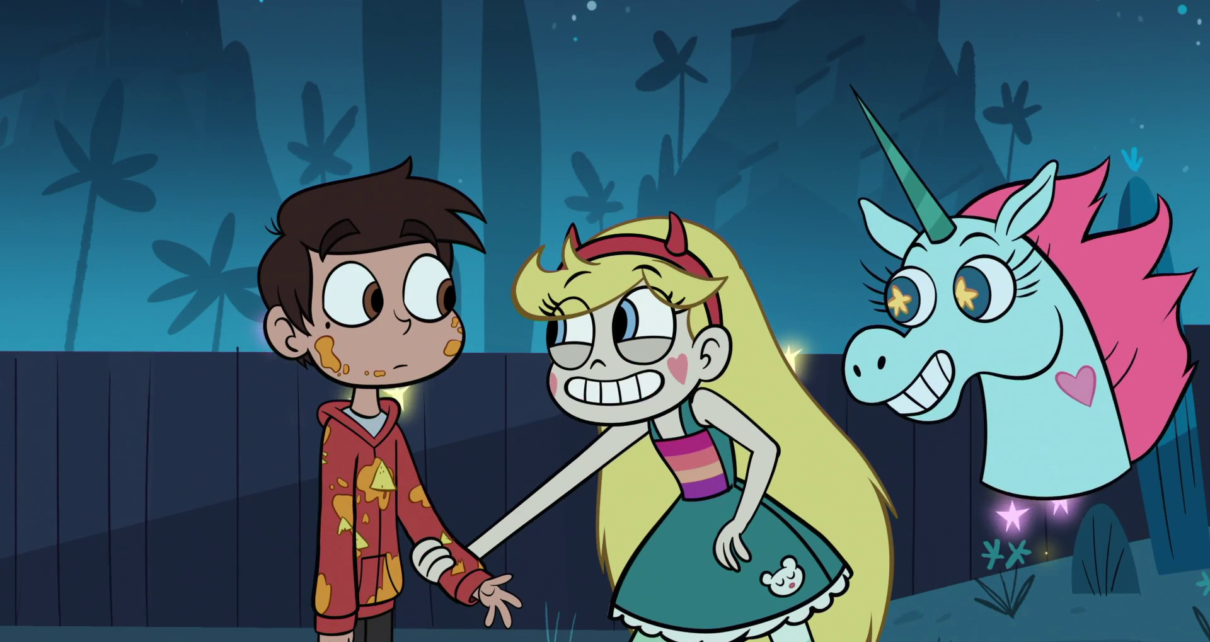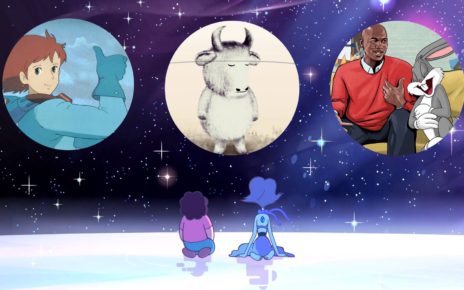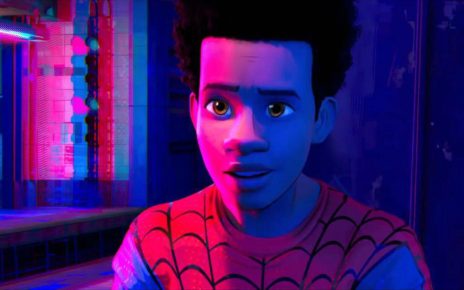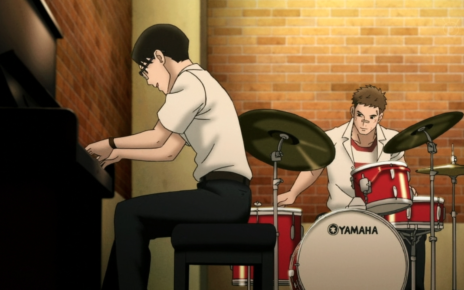In the midst of the sociopolitical trash fire that is the year 2017 (and 2016, and 2015, and so on), it’s easy to overlook the sometimes subtle, but vital, interpersonal, linguistic, and structural shifts in our Western (and to some extent, global) norms. And as we’re all painfully aware, the media has a Killgravian influence on how we think, feel, and act, for better or for worse.
But this is not a political think piece. This is a piece about why you should watch one of our new favorite toons, Star Vs. The Forces of Evil. Like so many current shows — toons and live action alike — Star stays on point (pun intended) by prioritizing diverse representation on-screen, showcasing a robust cast of voice actors, and telling a story that’s larger than the sum of its parts. It returned to Disney XD for a third season this week, meaning there’s never been a better time to binge its first 35 episodes. Here’s why you should catch up with our Mewman Queen-to-Be:
1. Representation!
On first glance, Star Butterfly is your typical strong, but pretty and white, female protagonist. And sure, she is white and pretty and blonde — these traits do not change. But in spite of her looks, Star defies convention. She races Warnicorns (yes, that’s a portmanteau of war and unicorn) in lieu of learning her queenly manners. She eschews her magic book — a relic passed on from one Queen of her home planet Mewni to another — and creates her own magic spells. Perhaps most importantly, Star consistently defends her right to self-efficacy: to her mother, Queen Moon; to her demon ex-boyfriend, Tom; and to her magical trainer, Glossaryck. Star, unlike many young girls in Western society, knows that she has agency and power, and she’s not afraid to show it.
At the start of the series, Star’s parents, Queen Moon and River, send her to Earth to further her magical training. Star ends up befriending and living with Marco Diaz, an organized, academically focused, and occasionally anxious young Latino teen. Marco also narwhal blasts gender and sexuality stereotypes out of the water, dressing as a teen girl to help Star break her friend out of the oppressive St. Olga’s Reform School for Wayward Princesses. While Marco is certainly not the first cartoon to dress in drag (looking at you, Bugs), there is no point at which Marco receives any sort of negative feedback or attention for his gender expression. In fact, in a later episode Marco dons his pink dress in front of his parents while Miss Heinous (the headmistress of St. Olga’s) repeatedly refers to him with female pronouns. Neither of Marco’s parents protest his misgendering; in fact, it’s not even a conversation. This kind of tacit acceptance of their son’s fluid gender expression sends a powerful and necessary message.

Behind the scenes, too, Star does a lot for creative representation for cartoons on the air right now. Just like Cartoon Network’s representation-savvy Steven Universe, Star Vs. The Forces of Evil was the the first Disney XD show produced for its network that was created by a woman, Daron Nefcy. (It’s only the second Disney cartoon overall to be created by a woman, after Pepper Ann, which debuted a full 18 years before Star.) All of this matters because diverse representation in movies, TV, books, etc. is one of the most powerful methods we can use to create a more open, kind, and welcoming society. We are not only affirmed by seeing ourselves on TV, but also by repeated exposure to images of any kind makes those images more attractive and acceptable.
2. The Cast
A few of us Dot and Liners have dabbled in voice acting, and we can definitively say that it’s one of the most fun and freeing performance arts out there. Cartoon casting directors throughout the ages have seemingly taken note of this, casting prominent live-action actors as fanciful creatures, archetypical humans, and sentient animals alike. Star Vs. The Forces of Evil is no exception, casting comedic and dramatic favorites like Jessica Walter, Jeffery Tambor, Jenny Slate, Michael C. Hall, Alan Tudyk, Nick Swardson, Nia Vardalos, Jon Heder, and Rider Strong.
Fun fact: Dee Bradley Baker, a voice actor so prolific that his filmography has it’s own Wikipedia page, is also in Star! Known for voicing some of animation’s favorite animals—Avatar: The Last Airbender’s Appa and Momo, Steven Universe’s Lion, and Gravity Falls’s Waddles, for starters—Baker lends his considerable vocal talent to the roles of “giant spider” and “bald eagle,” two unwitting but ultimately loyal creatures that assist one of the forces of evil attempting to take down Star.
That said…
3. It’s not *really* about Star fighting the Forces of Evil
We’ve come a long way from the moralistic, good vs. evil epics of C.S. Lewis and J.R.R. Tolkien. More recent works of sci-fi and fantasy, like A Song of Ice and Fire and Steven Universe, try the gray stuff, and they know it’s delicious. In these stories, good, evil, and everything in between are dimensional and relative. For example, Arya Stark is a lovable sociopath, and her father, Ned, is a heroic idiot.
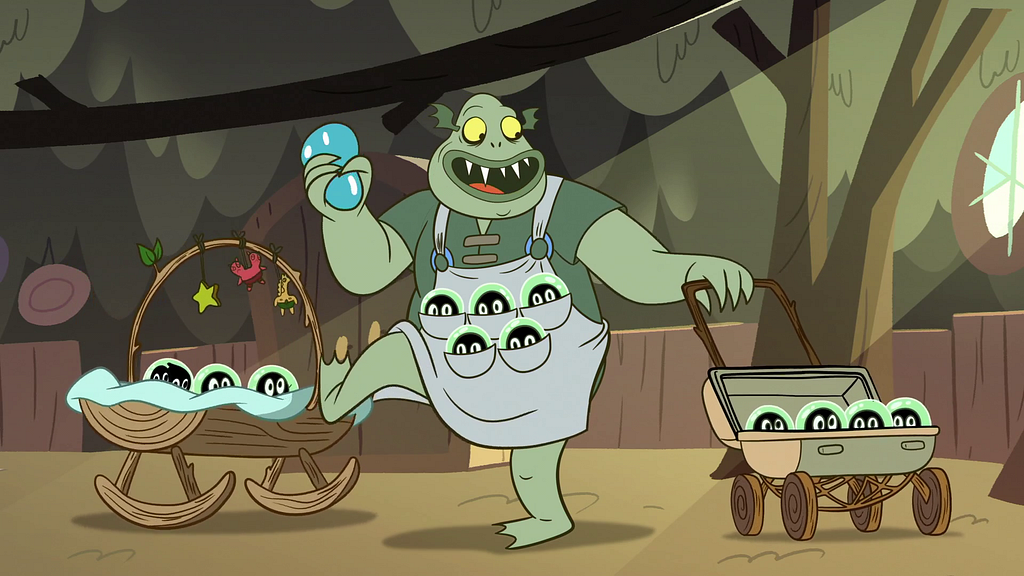
Star’s home planet, Mewni, is home to both Mewmans and Monsters; the latter have been relegated to the margins of society not just because they tried to take control of the planet’s government, but because they’re beastly and grotesque. Although Star initially drinks the Monster-hatorade, she quickly realizes that Monsters are as multidimensional as Mewmans. Star’s dear friend Buff Frog, for example, continues his work as a bounty hunter so he can support his bubbling brood of babies even though he is painfully aware of how his work hurts others. Ludo, the petulant ring leader of a band of Monsters, struggles with a deep-seated inferiority complex, seizing power as a means of obtaining the love and attention he did not receive from his family.
Sure, Monsters look and act different from the Mew and humans, but their motivations and their struggles are decidedly human. Star isn’t the first Queen to liaise with Monsters; that honor goes to Queen Eclipsa, who we hope to learn more about during the remainder of season 3. But Star may be the first leader with the interest, passion, and smarts to break down the rigid social and political structures that have kept Mewmans in power and Monsters oppressed.
Star’s savvy, socially-conscious leadership is a good reminder of what societies can gain by building bridges instead of building literal or metaphorical walls around us. As far as putting out our own political trash fires, a solid Super Geyser Windstorm spell—with a Rainbow Avalanche for good measure—wouldn’t hurt, either. As for learning how to cast those spells? There’s no better time than today.
Thanks for reading The Dot and Line, where we talk about animation of all kinds. Don’t forget to for this article and follow us on Twitter and Facebook.


